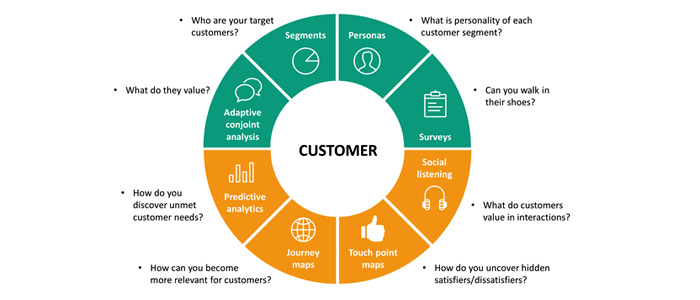User Needs Discovery
Why user needs discovery is important?
Customer needs help you build the right product that solves the problems of the users. What is the use of even building a flashy product that no one uses? Identifying user needs is a Continuous process you do it at all stages of the product from building to the growing product. There could also be a lot of pitfalls …
Keep reading with a 7-day free trial
Subscribe to The Product Channel By Sid Saladi to keep reading this post and get 7 days of free access to the full post archives.




